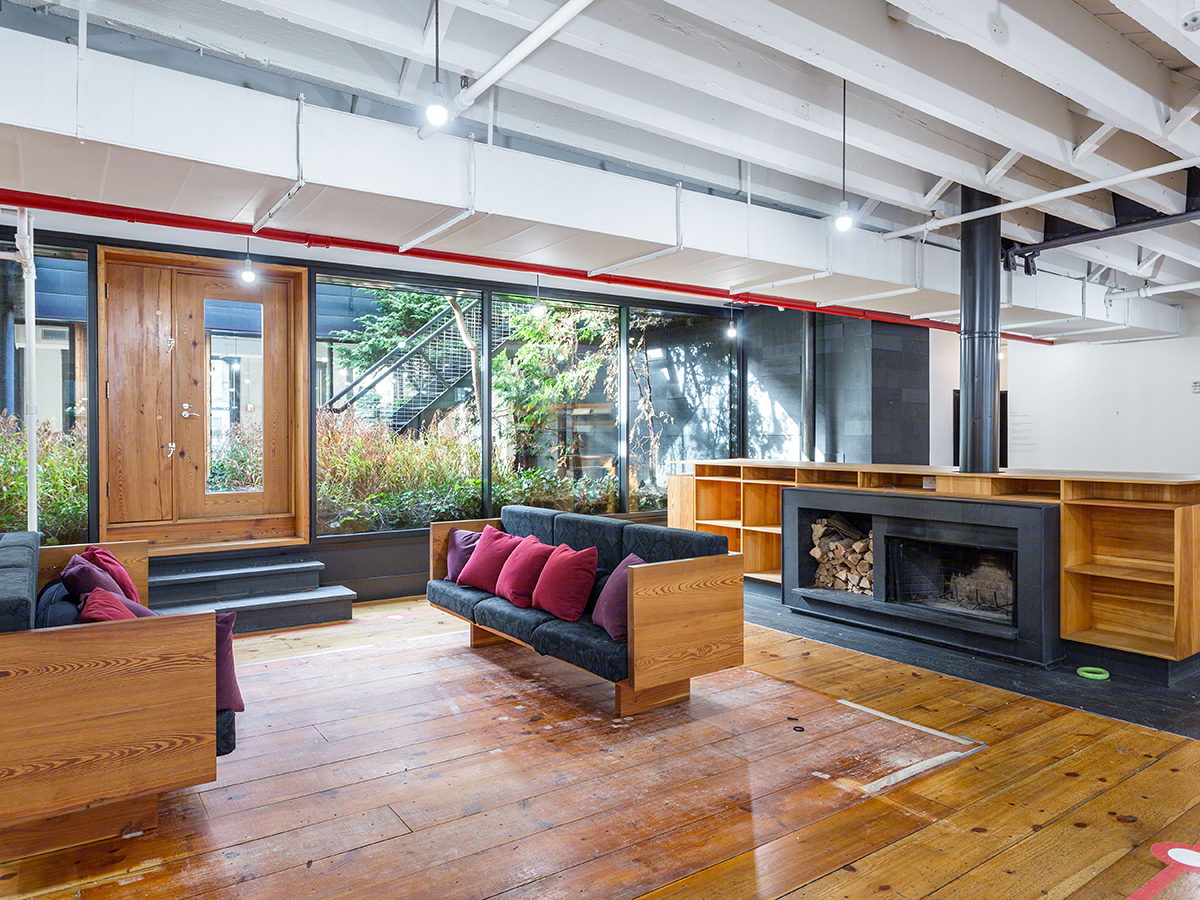A New Route for the Decade Ahead
The moderate economic growth after the recession along with risks of a downturn and stricter immigration policies are just some of the reasons why investors should plan their long-term strategies thoroughly.
By Hugh F. Kelly
 As the U.S. economy emerged from the global financial crisis, many anticipated that the bounceback would have at least a short period of robust growth, as was the case in prior recoveries. After all, real GDP growth in the 1980s cycles peaked at 8.6 percent in the first quarter of 1984 (year-over-year change). In 2000, the second quarter hit 5.3 percent year-over-year growth, and in the briefer cycle after the dot-com collapse, the nation’s annual GDP change in late 2003 and early 2004 was sustained at 4.3 percent. The post-GFC years topped out at a mere 3.8 percent in early 2015, and even with the Trump Bump due to the 2017 tax cuts, the year-over-year change in real GDP for the second quarter of 2018 is just 2.8 percent. Those waiting for a major acceleration in the current decade have been disappointed, to say the least.
As the U.S. economy emerged from the global financial crisis, many anticipated that the bounceback would have at least a short period of robust growth, as was the case in prior recoveries. After all, real GDP growth in the 1980s cycles peaked at 8.6 percent in the first quarter of 1984 (year-over-year change). In 2000, the second quarter hit 5.3 percent year-over-year growth, and in the briefer cycle after the dot-com collapse, the nation’s annual GDP change in late 2003 and early 2004 was sustained at 4.3 percent. The post-GFC years topped out at a mere 3.8 percent in early 2015, and even with the Trump Bump due to the 2017 tax cuts, the year-over-year change in real GDP for the second quarter of 2018 is just 2.8 percent. Those waiting for a major acceleration in the current decade have been disappointed, to say the least.
If that is discouraging news, hold on. That 2.8 percent change is likely to be the real GDP average for 2018 as a whole, and for the coming decade (through 2028), economic expansion will trend down from the 2018 peak. Right now, it’s as good as it will get, according to the latest detailed economic forecast from the Congressional Budget Office. In fact, the CBO’s projections see real GDP growth varying in a narrow range of 1.5 to 1.7 percent for the 2020-2028 period.
Job growth speed bump
The employment projections are equally startling—and not in a good way. The number of Americans at work is anticipated to increase by just 1 million per year, or about 83,300 per month. In most years, the number of people at work will increase between 0.1 and 0.4 percent, a rate 60 percent slower than the frustratingly low pace of the present cycle. The labor market crunch mentioned earlier will only worsen, with the jobless rate bottoming out at 3.3 percent in 2019 and staying in the 4 to 5 percent range through 2028.
Those slow growth numbers reflect the age demography of the nation and the shoot-ourselves-in-the-foot policy of ultra-restrictive immigration (discussed in last September’s column). The growth we do see will be reflected in annual productivity gains of about 1.8 percent. That’s better than a sharp stick in the eye, but not enough to get the GDP soaring in a decade of massive labor shortage.
Impending recession
For one thing, the CBO’s baseline projections don’t factor in any specific recession risk, and an increasing number of economists and real estate professionals are coming around to agree with the reasoning in my March 2018 column that the odds of a downturn in late 2019 or early 2020 are getting stronger. That may seem counterintuitive, given the vigorous statistics for the second quarter of 2018. Still, those gains reflected the one-time impact of corporate tax cuts this year and the paycheck benefits that began in January of this year. Those stimuli are not going to be repeated.
Neither do the CBO forecasts reflect any trade and tariff impacts on the range of industries participating in the global marketplace. With the exception of a few mercantilist economists and the policy makers in the White House who listen to them, the consensus of business leaders and experts in the import-export sector is that the tariffs are net negative for the U.S., both in terms of GDP and employment effects.
Drawing up a plan B
On another note, one perhaps unintended consequence of our border policy is that the U.S. birth rate is slipping below the point needed to keep our population level. Without substantive change in welcoming new Americans, we will join other nations in the developed world in facing downward population pressure.
What this points to is an extended period of slow demand for almost all kinds of real estate. Often our underlying view of the economy is that if we underperform for a while, “reversion to the mean” will bring us back to long-run average levels of demand. What is shaping up now indicates that the “average” in the future will not live up to what was “average” in the past. That necessitates a redrawing of the mental map for most businesspeople.
While things are worse “on the margin” due to current Washington policies, most of the slowdown ahead is structural. Playing defense is the name of the game in the decade ahead. Plan accordingly.
Hugh F. Kelly, PhD, CRE, is special advisor to the Fordham Real Estate Institute at Lincoln Center. He taught for more than 30 years at the NYU Schack Institute of Real Estate. Kelly served as the 2014 national chair of the Counselors of Real Estate.
Read the September 2018 issue of CPE.








You must be logged in to post a comment.